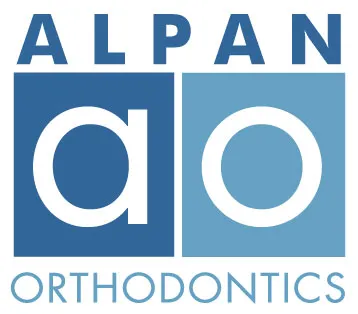 Larchmont, Los Angeles and Century City-It is not all that uncommon to have some pesky symptom like a sometimes stiff jaw, headaches, a popping noise when you chew or a slight ringing in your ears, but they are not symptoms you should ignore.
Larchmont, Los Angeles and Century City-It is not all that uncommon to have some pesky symptom like a sometimes stiff jaw, headaches, a popping noise when you chew or a slight ringing in your ears, but they are not symptoms you should ignore.
“All three of those symptoms, and a myriad of others, are indicative of a problem with the temporomandibular joint in your jaw,” says Dr. David Alpan, a Los Angeles, Century City and Larchmont orthodontist who offers Invisalign and other braces for children and adults.
When the jaw joint becomes inflamed due to a temporomandibular joint muscle disorder, also known as TMD, it can lead to acute or chronic pain and loss of function in the jaw, mouth, ears and neck. According to the National Institute of Dental and Craniofacial Research, TMD affects an estimated five to 12 percent of the population.
“The vast majority of people don’t realize they have a TMJ problem,” says Dr. Alpan, a Larchmont TMJ specialist who also provides dental services in his Los Angeles and Century City practices. “They think their symptoms are normal or brush it off because it doesn’t hurt or bother them enough to matter.”
That can lead to pain and more symptoms down the road that get harder to identify and more expensive to relieve or eliminate, so Dr. Alpan is taking advantage of the unofficial TMJ Awareness Month to explain common symptoms and what treatments are available.
Pain is typically what drives people to finally go to the doctor, but there are more than 150 symptoms associated with TMD that may not cause patients noticeable physical pain or discomfort. Many patients who seek treatment report difficulty chewing or opening their mouth wide, a fullness in the ears, clicking and popping sounds in the jaw, dizziness and tinnitus. TMD has also been known to cause chronic migraines and headaches.
“Some signs are subtle and probably wouldn’t be noticeable except to an expert,” says Dr. Alpan, who is an adult and kids’ orthodontist in Larchmont, Los Angeles and Century City. “For example, one eye, shoulder, hip or leg that is shorter than the other side, worn or crowded teeth, root erosion and the position of the head can all be signs of TMD.”
The good news is that jaw joint disorders can be treated to alleviate or eliminate the pain and symptoms. Some patients find natural therapies like compresses or massage to effectively relieve symptoms, although those options do not resolve the cause of them. Sometimes patients need medication or surgery for more severe cases, but orthodontics can also be used to treat TMDs since a poorly-aligned bite could be the cause of many of the symptoms.
“The bottom line is that you need to treat now, not later,” says Dr. Alpan, who did his master’s thesis on TMD and has offered TMJ therapies since 1999. “The longer you wait to diagnose and start treating TMJ disorders, the more complicated and difficult it is to successfully remedy the problem.”
Call today to schedule an appointment to review your symptoms, get an oral and physical exam and discuss treatment options.
© 2012 Dr. David Alpan and Master Google. Authorization to post is granted, with the stipulation that Dr. David Alpan and Master Google are credited as sole source. Linking to other sites from this press release is strictly prohibited, with the exception of herein imbedded links.


